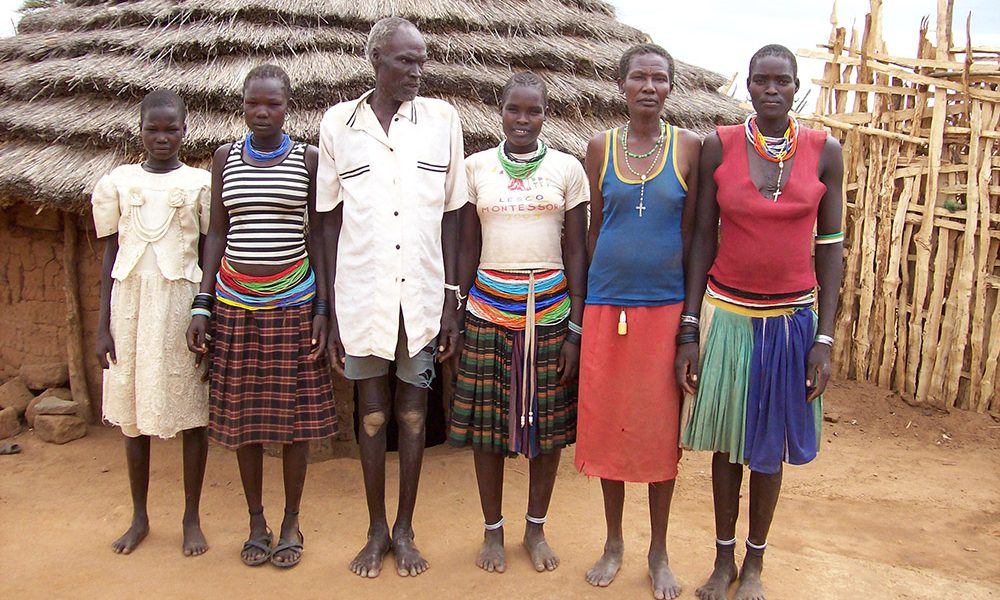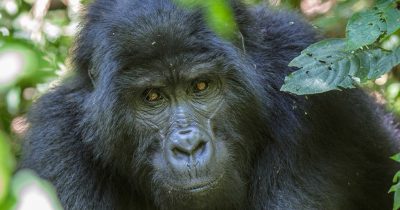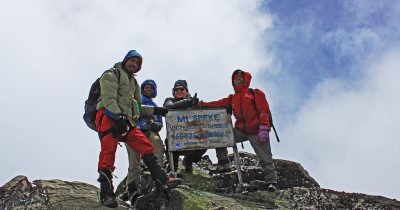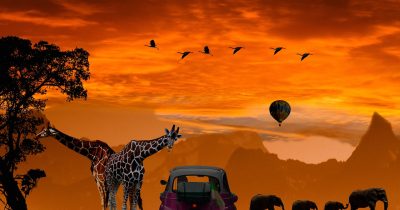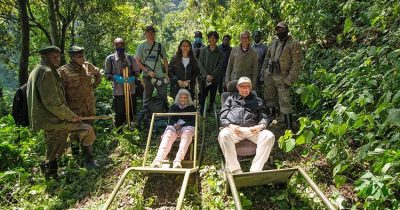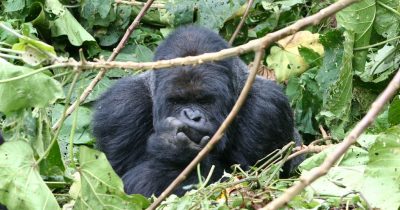Karamojong in Kidepo Valley National Park
The Karamojong is one of the dominant indigenous communities living within the Kidepo Valley National Park in Northeastern Uganda at the border of South Sudan. The Karamojong are considered to be warriors, suborn, and violet people. Additionally, the Karamojong are believed to have migrated from Ethiopia in 1600 AD. During the migration, they had to separate into two groups some left for Kenya and the other remained in Uganda. They were usually called the Jie who was named by the tests as the karamajong. The name originated from “ekar imojong’’ by the Iteso. This word meant that old men could not walk further. The karamajong depend much on cattle rearing and live in small communities.
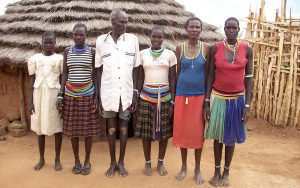
The small communities are called Manyattas which are surrounded by the thorny fence and their cattle are enclosed in the area. These Manyattas have small entrances as an entry point for them and cattle. The Karamojong see the modernized Uganda lifestyle as a form of embarrassment. They consider their lifestyle to be the best.
Culture of the Karamojong
Karamojong tribe is known for cattle rearing and they consider the cattle as a form of wealth. This is a strong belief in the community. The other activity is crop cultivation which is a minor activity in the community for food since the area has less fertile soils. The cattle in the area are mainly kept for milk and blood for food. The Karamojong consider their area to have water and pastures for their cattle. In case of a shortage of pastures in the area, they usually migrate with their cattle in search of pastures. During the marriage time, the man is supposed to wrestle the woman. If the man wins the fight, he is considered to be strong and then the dower is negotiated.
If the woman defeats the man, the man is not allowed to marry in this family. The women do several housework while the men’s lives center around livestock rearing. Karamojong has an outstanding way of dressing and consists of a Blanket-like shawl which is made up of different colors like red and black, beads, bangles, cow horn rings, cowhides, and many others.
Challenges faced by the Karamajong tribe in northern Uganda
The Karamojong face several challenges in their area and some of these challenges include;
Cattle raiding is one of the main conflicts they are facing from the neighboring communities where some of the people lose their lives trying to protect the cattle. Harsh climatic conditions like drought where the area experiences the drought for a long period. Additionally, hunger is another conflict and this usually happens in the dry season where there is less food in the area for the people.
In the Karamoja region, unmarried men are not allowed to participate in any decision-making in the community. Women who are not married without cattle are considered not to be married. In case of the death of the man in the Karamoja region, the widow is supposed to marry again in the same clan as the husband. The children produced are considered to be a sign of bride price and become the children of the clan. Barren women in the Karamoja community are seen as a curse in the community and are denied any role in the community.
The religious life of the Karamojong
The Karamojong believe in the god called Akuj and consider the god as a form of wealth and cattle amongst them. They also consider that the animals and plants have life and spirits which are given out by their god. Due to the modernity in Uganda, the Christianity and Moslem religions are also among the Karamojong. This is evidenced by the several churches and mosques around their region.
What are other communities in the Kidepo Valley National Park?
While in the Kidepo Valley National Park, other communities are living within the park and they include;
Ik community
The IK also known as the Tueso is an indigenous community living within the Karamoja region. This community is known for its polygamy marriage which is a sign of respect in the area. Generally, the IK means “the head of Migration or the first people to migrate”.This community generally lives in the life of hunting, gathering, and farming. They live in small villages that are cluster-arranged which makes up a community. This village is surrounded by an outer wall called Odoks which is a friendly wall for neighbours. Since the community takes polygamy marriage as a form of wealth. Every woman in this community has her tent where her husband meets her. Children get into the community at the age of five years and stay with their grandparents up to the age of 11to13 years.
Activities that can be combined with Karamojong community tours
There are several activities that travelers on their Uganda safaris engage in for the safari and these include;
Game drive or Game viewing
Game drives are done in the park for the viewing of the wildlife. This game drive is done in the 4×4 safari van with a pop-up. It is done in both the Kidepo Valley and Narus Valley in the gazetted trails of the park. The wildlife that is usually seen includes lions, leopards, cheetahs, buffaloes, zebras, elephants, and many others. Game drives are usually done in the morning, afternoon, and evening hours.
Birding adventures
Kidepo Valley National Park is home to over 450 bird species. These species include the resident, migratory, and endemic species. The species include; golden pipit, superb sterling, North white crown, red-billed oxpecker, African pied hornbill, and many others.
What is the best time to visit the Kidepo Valley National Park?
The park is available for travelers throughout the year and the best time is during the dry season from June to February since the country experiences one rainy season. In the wet season, the park can be visited by travelers and during this time, travelers get more time in the park to engage in the different activities of the park.
